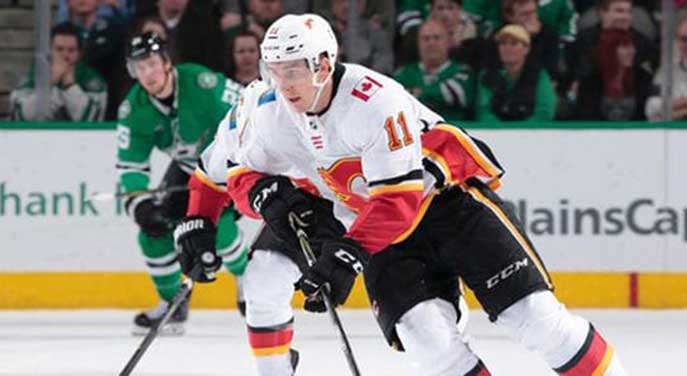 Taxpayers may have dodged a bullet. Calgary’s arena deal has fallen through. While Mayor Jyoti Gondek laments the loss, taxpayers should be relieved since it was a bad deal and the only winners were rich hockey team owners.
Taxpayers may have dodged a bullet. Calgary’s arena deal has fallen through. While Mayor Jyoti Gondek laments the loss, taxpayers should be relieved since it was a bad deal and the only winners were rich hockey team owners.
As beloved as the Calgary Flames are, they are not a charity. According to Forbes, the team is worth $680 million – a great deal more than the $16 million paid for the team in 1980. With all that money, the Flames can afford to pay for a new arena themselves. Instead, the initial deal the city cut with the Flames would have had taxpayers paying half of the initial cost of the $550-million arena (projected cost overruns have already ballooned the bill to $634 million).
The deal would have been no different than taxpayers paying half the cost of putting up a new Walmart or Costco. Taxpayers would rightly be furious if that were proposed. Why should the Flames get such a hefty handout?
The city initially planned to recoup some of the building expense from a ticket tax. However, given the pandemic and NHL stadium attendance lately, there’s a good chance that revenue would have been less than when negotiations first kicked off.
| RELATED CONTENT |
| World Cup games a boondoggle for taxpayers By Jay Goldberg |
| Corporate welfare doesn’t create jobs By Matthew Lau |
| Keep an Eye on Alberta |
Arena proponents point to what they say is a reduced risk to the city because, while the city owns the building, the Flames would pay maintenance and operation costs. But not all of them: the city could still be on the hook for structural renovations which could require significant funds.
Unfortunately, city council is not willing to give up on a deal just yet. On Jan. 12, councillors agreed that they would be willing to renegotiate to make a deal work. Well, this is bad news for taxpayers, given that the last deal was already too generous and the next one will be worse.
Even before its demise, the agreement was amended and taxpayers were forced to chip in another $12.5 million just this summer.
The Flames owners say the city added an additional $19 million in road work and climate change initiatives. The Flames say they didn’t know about these extra costs when they signed this deal.
One has to wonder how it’s possible that it’s still unclear who has to pay for what, given that it took years to negotiate the deal. If the city and the Flames can’t agree on who pays for what before the building is even built, what do we think is going to happen once the building is operational? The agreement is 35 years long.
In 2019, the city rushed into this deal. The city released the details of the agreement with the Flames and held a vote a mere eight days later. After the 11 to 4 vote to approve the deal, former mayor Naheed Nenshi, speaking in favour of the deal, said that any investment of public money must have a public benefit. But city bureaucrats’ own numbers show that the benefits are scant.
The direct return on investment in the stadium is projected to be -0.6 per cent. Only when you include the ever nebulous “indirect” investment do you get a positive 1.4 per cent. That modest “benefit” was calculated before the increased contribution by the city in the summer. If the city decides to put more money in, the positive return on investment will continue to shrink.
City officials have promised to come back to city council in March and discuss the next steps. But enough is enough. The last thing taxpayers need to hear is that we have to waste more public money. It’s time to move on, once and for all.
Kevin Lacey is the Alberta Director with the Canadian Taxpayers Federation.
For interview requests, click here.
The opinions expressed by our columnists and contributors are theirs alone and do not inherently or expressly reflect the views of our publication.
© Troy Media
Troy Media is an editorial content provider to media outlets and its own hosted community news outlets across Canada.



Calgary police have been in the news more and more recently, and I guess it’s all for the wrong reasons. I think the Calgary police need to up their game – there’s a lot wrong with the entire federation.
Calgary police have been in the news more and more recently, and I guess it’s all for the wrong reasons. I think the Calgary police need to up their game – there’s a lot wrong with the entire federation.
Calgary police have been in the news more and more recently, and I guess it’s all for the wrong reasons. I think the Calgary police need to up their game – there’s a lot wrong with the entire federation.
Calgary police have been in the news more and more recently, and I guess it’s all for the wrong reasons. I think the Calgary police need to up their game – there’s a lot wrong with the entire federation.
Calgary police have been in the news more and more recently, and I guess it’s all for the wrong reasons. I think the Calgary police need to up their game – there’s a lot wrong with the entire federation.